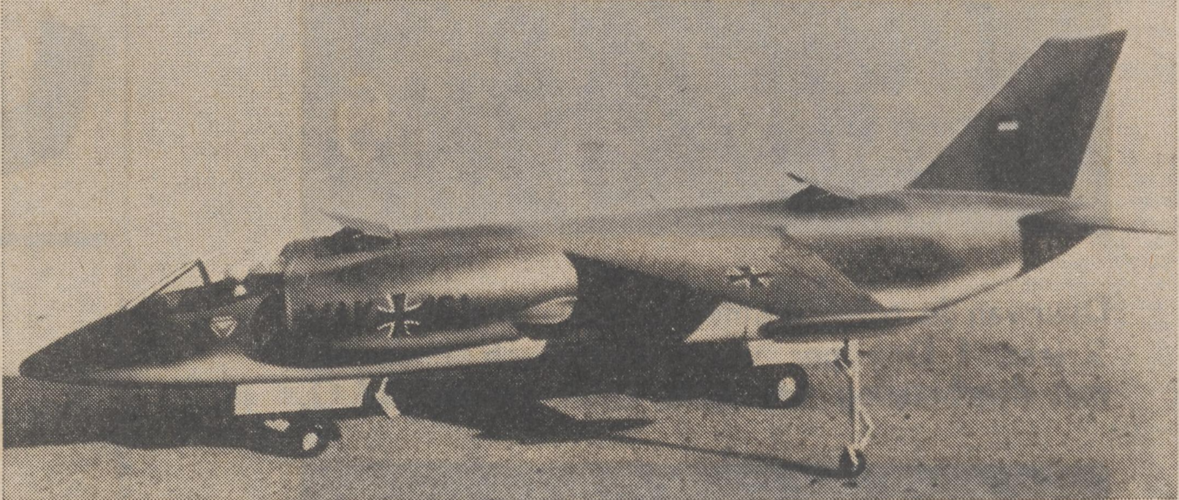We've discussed this program elsewhere but I wanted to bring all posts into one topic start again with information from "The Pentagon Paradox" added to information presented previously.
11 designs submitted.
Convair Model 200 F100 engine, paired XJ99 liftjets ejecting through the bottom of the fuselage (1st ranked design)
Fairchild FR-150, F100 engine, rotating XJ99 lift engines, 27,000lbs (STO) and 21,000lbs (VTO) (2nd ranked design)
LTV V-517 19,950lb, TF30 engine, paired XJ99 liftjets ejecting through the bottom of the fuselage (3rd ranked design)
Rockwell NR-356: Mach 2.7: "not recommended" but idea merited further research
Boeing 908-535 Twin YJ101 tailsitter/VATOL, 17,000lbs, Mach 2.6-2.8 (also known as D-180)
San Diego Aircraft Engineering (Sandaire) "Stinger", 17,377lb. Lightest design.
Grumman Model 607: 37,353lb, Mach 2.0, F401 engine, 2 XJ99 liftjets ducted to rotating nozzles, no vertical takeoff.
Lockheed 24,000lb turboprop-powered tail sitter derived from XFV-1, Allison T56 engine. Perhaps CL-1290??
VFW Fokker VAK.191 Mk.3 (A VAK 191B derivative, bigger and more powerful)
McDonnell Douglas Advanced Harrier AV-16
McDonnell Douglas Model 258-52
de Havilland Canada DHC P-71-30 lift augmentation design
(Note there are 12 designs listed here, not 11. Most sources agree on most candidates but not all)
A second informal competition was held in 1972, the next year. Vought moved from V-517 to V-520 (?) while McDonnell-Douglas had Model 262 (AV-8C), Grumman 607A.
American Secret Projects has illustrations of 909-535, Model 200, G-607A, V-517, V-520, NR-356.

